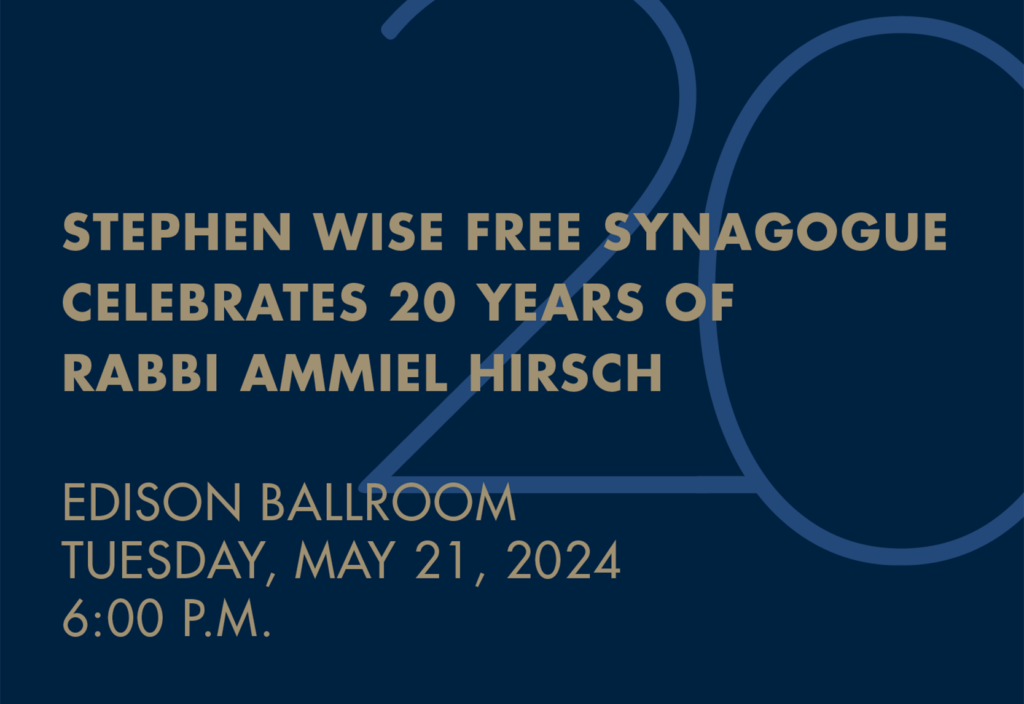From March 22 to April 2, one-hundred members of the Stephen Wise community explored Israel as part of our congregational mission. Led by Rabbi Ammiel Hirsch and joined by Rabbi Rena Rifkin, director of our Religious School, participants experienced Tel Aviv, Jerusalem, Eilat and Petra, Jordan, b’nai mitzvah on the ancient site of Gamla, Kibbutz Lotan, the Golan Heights, Masada and the Dead Sea, dialogue with journalists and political figures, and more.
Here, Alan Scheiner reflects on a visit to Yad Vashem, Israel’s memorial to victims of the Holocaust.
Friday was a day marked by remembrance of the darkest days of the Jewish people and a direct experience of the living and hopeful present of Israel.
We began at Yad Vashem. It’s impossible to describe in a blog post the profound impact of this memorial and exhibit. Our guide Lana explained that the designers of this exhibit — which was entirely remade in 2005 — chose to educate rather than shock or manipulate, and chose to be as specific and personal as possible. Rather than deal in generalities, the exhibit focuses on specific names, events, places, documents, and artifacts. It is full of photos and names from Jewish life both before, during, and after the Shoah.
We saw a lavish collection of the household goods of an esteemed physician in Berlin who lost his position due to the Nazis and escaped. We learned of a survivor of the Shoah who recognized herself in one of the displayed photos found in the pockets of victims and learned for the first time that her boyfriend, who carried the photo to his death, had loved her. We saw a Nazi list of the numbers and locations of Jews alive in Europe, noting that they listed even Albania with only 200 Jews, and by 1941 had already rendered Estonia “Jew free.” We saw the speech given by the leader of the Lodz ghetto where he begged his fellow Jews to surrender their children under the age of 8 and older people above 60 to meet the quota for the Nazi death camps in order to avoid wholesale liquidation — an impossibly tragic choice.
Then we learned of the struggles for entry of the survivors into Palestine under the British and the creation of the State of Israel. Perhaps most powerful of all was the room of photos and names, with binders containing the details on 4 million confirmed victims of the Shoah.
No photos are permitted inside the museum, but I’ve included a photo of the beautiful view of Jerusalem from the outlook at the conclusion of the walk through the Yad Vashem.


